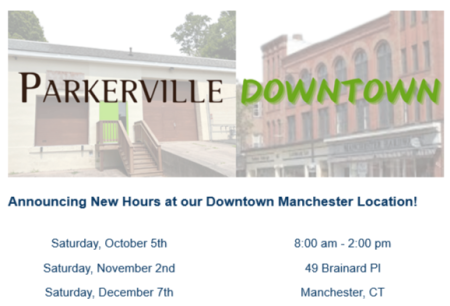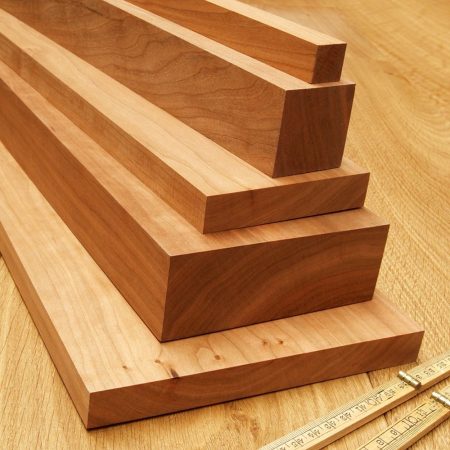August 22, 2023 | 5 min read | By: Parkerville

Like any profession or hobby, the terminology used around woodworking can be confusing at times. In this resource, we hope to provide you with a handy reference on the terms your most likely to encounter.


When planning a trip to our facility, please note that you must have proper footwear to enter the shop and lumber mill area. Safety regulations require that open toe shoes or sandals are not to be worn on the shop floor. Thank you for your cooperation.
Parkerville Wood Products
580 Parker Street
Manchester, CT, 06042
When planning a trip to our facility, please note that you must have proper footwear to enter the shop and lumber mill area. Safety regulations require that open toe shoes or sandals are not to be worn on the shop floor. Thank you for your cooperation.



In celebration of President’s Day, our selection of 4/4 Cherry is on sale! Regular 4/4 Cherry is discounted to $3.99 bf with 8+” wide at $4.49.
Sale runs until February 24th!
** We’re open until 7 PM on Thursdays **
